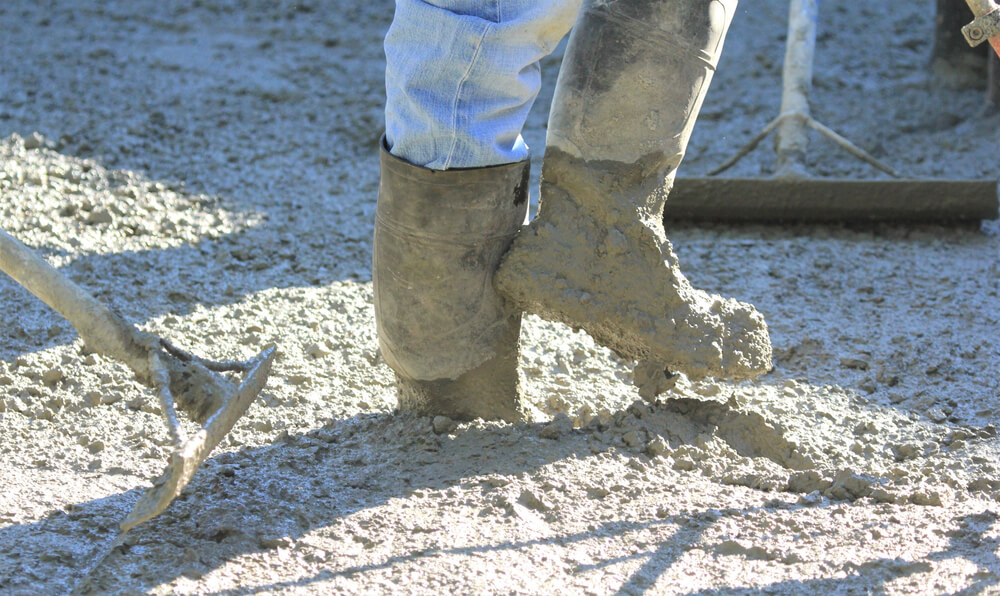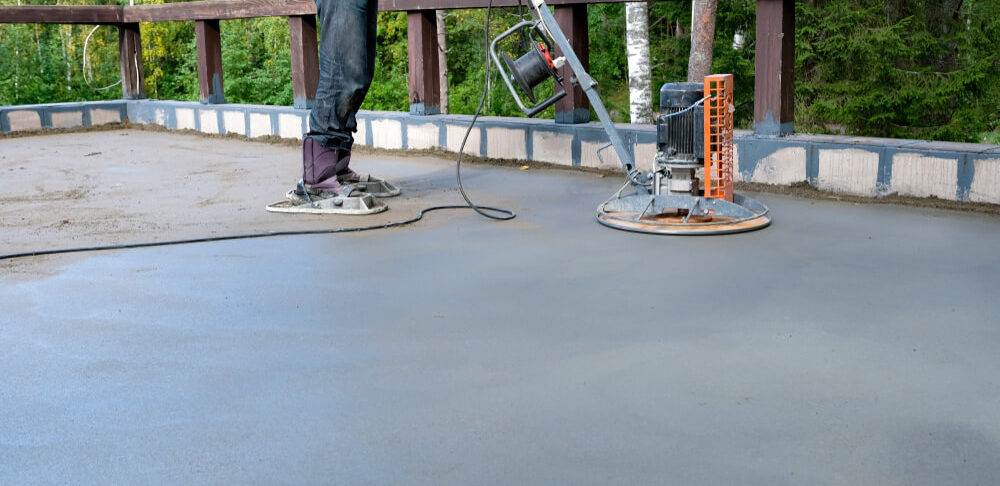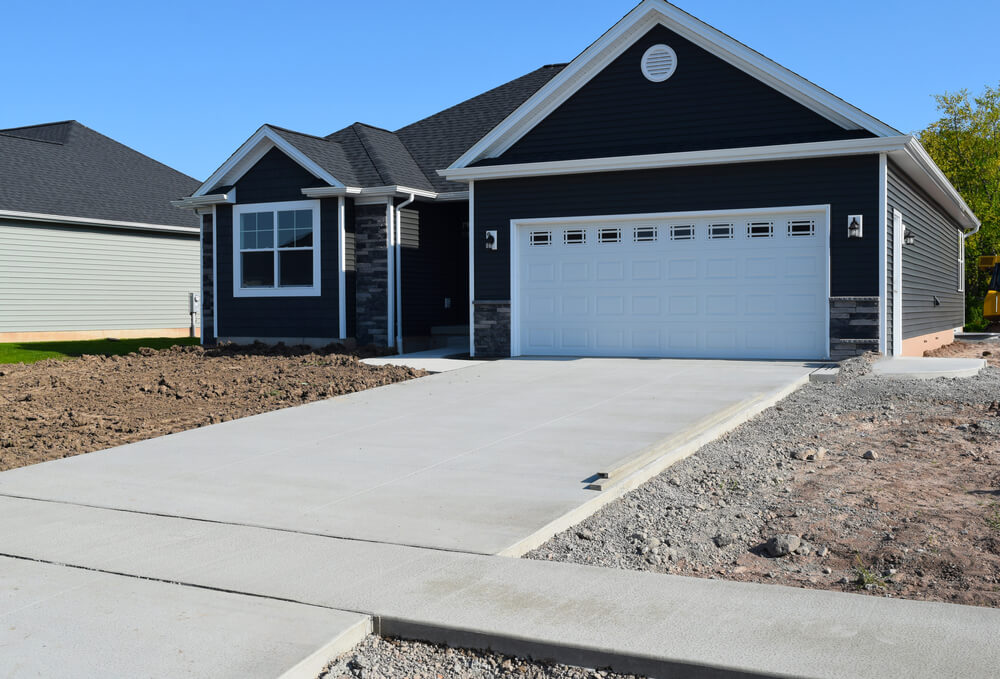Whether you’re laying down a new driveway or creating a footpath in your backyard, concrete is one of the best materials you can use. But once your beautiful new creation is poured, how soon can you start using it? A few different factors can influence how soon you can walk on new concrete, but a little patience is all you need.
What Is Concrete?
Concrete is a blend of materials that nearly always includes water, cement or another adhesive, and aggregate. Some brands are made with a few different materials, but these are usually the typical ingredients found in concrete. Knowing what’s in it is essential because it can affect how long it takes to cure. Concrete has become famous for driveways and sidewalks thanks to its durability, attractive appearance, and easy maintenance.
How Long to Wait to Drive on Concrete
Once you pour the concrete, consider a few things before testing it. In general, you should wait at least a week before driving something as heavy as a car on it, but if you only plan on foot traffic, 48 hours should be enough.
If you want to play it safe, seven days should be enough time for the mixture to reach about 70% of its capacity, which is plenty strong enough to hold a human. Although concrete cure time can vary, 28 days are generally considered the point at which concrete is considered dry and at full strength.
The Importance of Curing Concrete
The longer concrete has to cure, the stronger it will become. As it settles, the cement or paste bonds with the water molecules. This process means that it never technically dries out and will continue to get more challenging as time passes. However, if the water molecules aren’t given adequate time to make these bonds, you could end up with a weak driveway.
Before you rush to run laps on your new surface, remember that certain conditions could affect how soon you can walk on new concrete.
Thickness
Most residential driveways, sidewalks, and walkways are about 4 inches thick. This time ensures that it can support everything from your family to the family vehicle without collapsing. In cases where you will need to lay a slab for heavy vehicles like work trucks or farm equipment, it may need to be even thicker.
Although the curing time is about the same, no matter how thick the concrete is, it is still wise to wait to walk on a surface that needs more support than the average person. Any driving or heavy machinery should be postponed for at least seven days, including parking on a garage floor.
Weather
Generally, you want to avoid extreme weather when it comes to pouring a concrete driveway. Pouring concrete in weather that is too cold such as below 40°, can slow the curing process. Working below 32°F raises the risk of the water freezing before the concrete can set. When water freezes, it expands, which means it could create pores and crack as the mixture gets harder.
If the weather is too hot, on the other hand, much of the moisture could evaporate before it gets a chance to bond. The best weather for pouring concrete is dry and somewhere between 50° and 80°F. When in doubt, warm weather is best.
Mixture
What type of mixture you use will also play a role in how quickly concrete cures. Some brands claim they have a faster curing time than others, but the best thing you can do is create your concrete mixture accurately.
Using warm water instead of cold can help move the process along, although you’ll still want to be careful. Boiling water can cause a flash set, which would be quite a headache to deal with down the road. It’s also critical that you only use as much water as you absolutely need. Don’t add any extra if you don’t have to.
The Risks of Walking on Concrete too Soon

Walking on concrete too soon risks subjecting it to pressure before it’s ready. It will likely crack in this fragile state, and even if you can’t see them right away, they could appear with time.
This damage doesn’t just threaten the integrity of your driveway in the early stages, either. It also leaves room for things like weeds and water to get through. Organic materials can erode the driveway further.
Furthermore, if you walk on concrete before it’s dry, you are sure to tarnish its aesthetically pleasing appearance. You could leave footprints that are incredibly difficult to smooth out, not to mention ruin your shoes.
The Key to a Flawless Driveway Is Patience
The key to curing the perfect surface is patience. Knowing how soon you can walk on is the first critical step in making your masterpiece perfect. If you live in the Minneapolis area, the professionals at Richfield Concrete are eager to help you with all of your concrete projects. Contact our team today for a quote.






